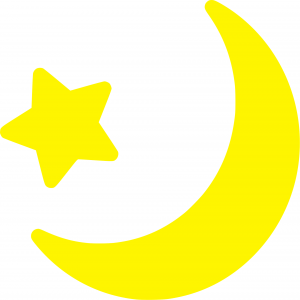
Like some nursery rhymes, Girls and Boys Come Out to Play has a long and somewhat dark history. The nursery rhyme has been traced back all the way to 1708. It is believed, through the context of the second line in the rhyme, “the moon doth shine as bright as day,” that this is referring to a time when children worked during the day so playing was reserved for the night time. While somewhat dark, as children were often underpaid and working in hazardous condition, the children’s song is a symbol of hope that helped youth persevere through trying times.
The first verse of the nursery rhyme was first recorded in the early to mid 18th century. It wasn’t until 1744 when Tommy Thumb’s Pretty Song Book was released that the nursery rhyme was expanded on. In the mid 19th century, the rhyme as we know it today was recorded by Shakespearean scholar, James Orchard Halliwell-Phillipps.
During the 1800’s, this popular children’s song was featured in slightly varying versions in English literature and arts. Walter Crane used the first eight lines in The Baby’s Opera: A Book of Old Rhymes with New Dresses. Interestingly enough, some variations of the song start with, “Boys, boys come out to play” likely due to, traditionally speaking, the role of women and girls at the time.
Throughout the history of the children’s song, like most nursery rhymes, the different versions were adapted with the times. In 1916, The Real Mother Goose by Blanche Fisher Wright featured the full version of the song with the adaptation, “boys and girls come out to play”. This was somewhat symbolic as women’s rights were prominent during these times. The lengthy history of nursery rhymes often come from mysterious places, but the purpose of them remains the same today; they are used as a means of teaching and comforting children!